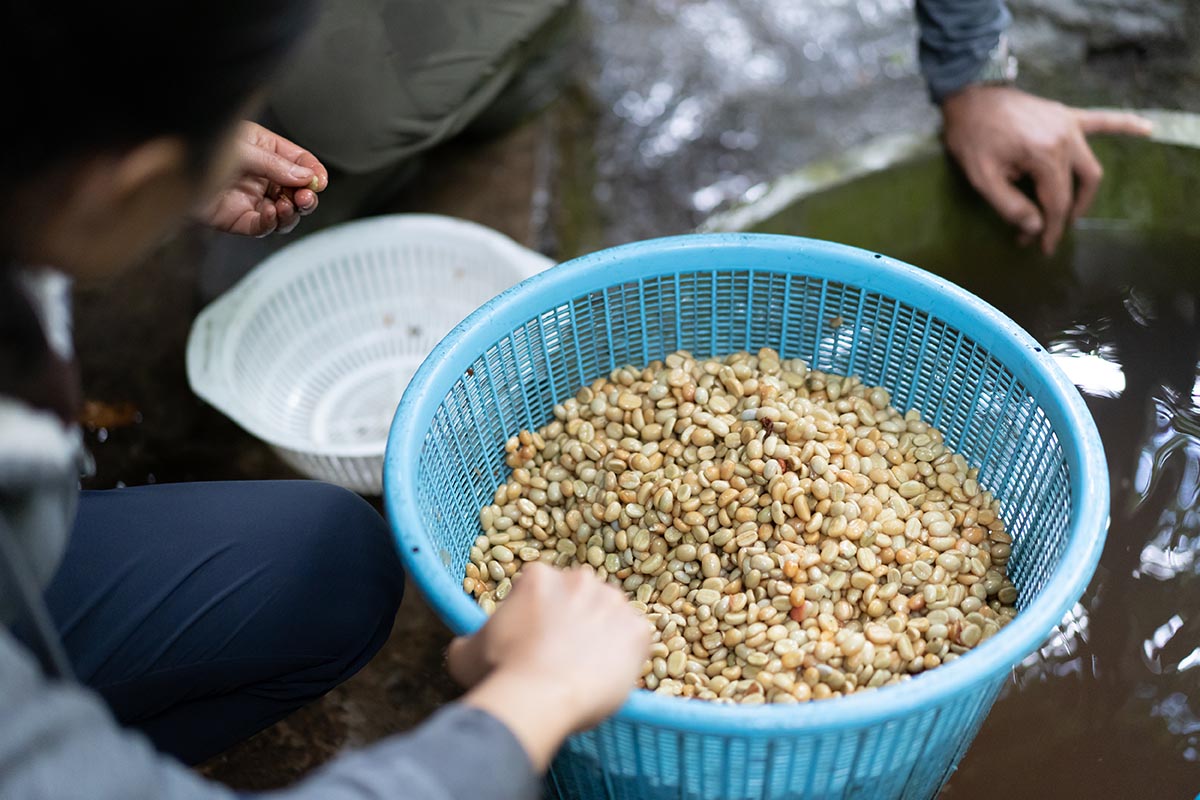Coffee processing in Ethiopia involves a variety of methods, each contributing to the unique flavor profiles of the final product. This article explores three primary processes: The Washed, Natural, and Honey methods. The Washed process, common in Ethiopia, involves immersing coffee cherries in water, depulping, fermenting, and drying, resulting in coffee with bright acidity and clear, complex flavors. The Natural process, the oldest method, involves sun-drying the harvested coffee cherries, resulting in coffee with a heavy body and deep, fruity flavors. The Honey process is a hybrid method that leaves some of the mucilage, or ‘honey’, on the beans during drying, resulting in a balance between the bright, clean flavors of washed coffees and the fruity, complex flavors of natural coffees. Understanding these methods allows for a greater appreciation of Ethiopian coffee.

The Washed Process
The washed process, also known as the wet process, is one of the most common methods of coffee processing in Ethiopia. It involves immersing the coffee cherries in water to separate the ripe cherries from the unripe or overripe ones. The ripe cherries sink to the bottom while the others float and are removed. The ripe cherries are then depulped to remove the outer skin and some of the mucilage. The depulped beans are fermented in water for up to 72 hours to break down the remaining mucilage. After fermentation, the beans are washed to remove the mucilage residue and then dried. The washed process results in coffee with bright acidity and clear, complex flavors and aromas.
The Natural Process
The natural process, also known as the dry process, is the oldest and most traditional method of processing coffee. It’s particularly common in regions of Ethiopia where water is scarce. In the natural process, coffee cherries are harvested and then spread out in thin layers to dry in the sun for up to four weeks. The cherries are turned regularly to ensure even drying. Once the cherries are dried to the desired level, the dried skin, pulp, and parchment are removed mechanically. The natural process imparts the coffee with a heavy body and deep, fruity, wine-like flavors.
The Honey Process
The honey process, also known as pulped natural process, is a hybrid method that combines elements of the washed and natural processes. In the honey process, the outer skin of the coffee cherry is removed, but some of the mucilage, also known as ‘honey’, is left on the beans during drying. The beans are then dried in the sun with the mucilage still attached. The amount of mucilage left on the beans can vary, resulting in different classifications of honey processed coffee: white, yellow, red, and black honey. The honey process results in coffee with a flavor profile that’s a balance between the bright, clean flavors of washed coffees and the fruity, complex flavors of natural coffees.
Conclusion
The art of processing Ethiopian coffee is a complex and nuanced process, with each method imparting its own unique flavors to the beans. By understanding these methods, we can better appreciate the rich tapestry of flavors that Ethiopian coffees have to offer.
Read more: Coffee Harvesting Processing | Kerchanshe Coffee Producers
